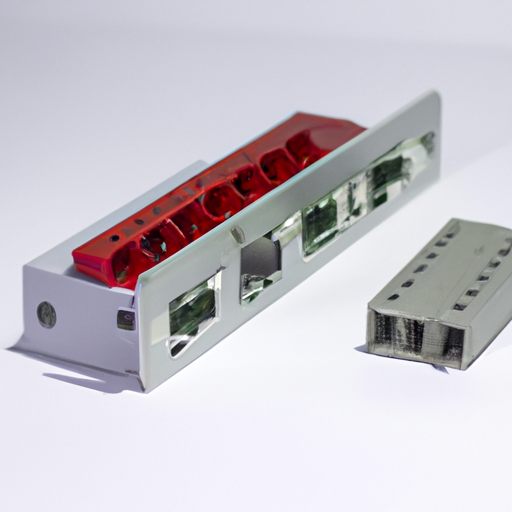Choosing the right spot for a relay socket is crucial for ensuring optimal performance and functionality. In this article, we will discuss the factors to consider when selecting a spot for a relay socket. By the end, you will have a clear understanding of how to make an informed decision.

2. Accessibility: The chosen spot should be easily accessible for maintenance and troubleshooting purposes. Consider the ease of reaching the relay socket for wiring, repairs, or replacement. Accessibility is particularly important if the relay socket is part of a larger electrical system, as it may need to be accessed frequently.
3. Environmental Factors: Evaluate the environmental conditions of the chosen spot. Relay sockets should be placed in areas that are free from excessive moisture, dust, and extreme temperatures. Exposure to these elements can lead to malfunctions or damage. Additionally, consider the presence of any corrosive substances or gases that could affect the relay socket's performance.
4. Electrical Interference: Avoid placing the relay socket near sources of electrical interference, such as high-voltage cables, motors, or transformers. These sources can generate electromagnetic fields that may disrupt the relay's operation. Keep a safe distance to minimize the risk of interference and ensure reliable functioning.
5. Wiring Length: Consider the length of the wiring required to connect the relay socket to the control circuit or power source. Longer wiring can introduce voltage drops and signal degradation, affecting the relay's performance. Choose a spot that minimizes the wiring length, ensuring efficient and reliable operation.
6. Safety Considerations: Ensure that the chosen spot complies with safety regulations and standards. Avoid placing the relay socket in areas prone to physical damage, such as high-traffic zones or areas with heavy machinery. Additionally, consider the risk of accidental contact with live wires and ensure appropriate safety measures are in place.
7. Future Expansion: If you anticipate the need for future expansion or modifications, choose a spot that allows for easy scalability. Consider the availability of additional space for installing more relay sockets or accommodating changes in the electrical system. Planning for future requirements can save time and effort in the long run.
8. Consultation and Expert Advice: If you are unsure about the best spot for your relay socket, consult with electrical professionals or experts. They can provide valuable insights based on their experience and knowledge. Additionally, they can help assess the specific requirements of your electrical system and suggest suitable locations.
In conclusion, choosing the right spot for a relay socket involves considering factors such as purpose, accessibility, environmental conditions, electrical interference, wiring length, safety, and future expansion. By carefully evaluating these aspects, you can ensure optimal performance and functionality of your relay socket.